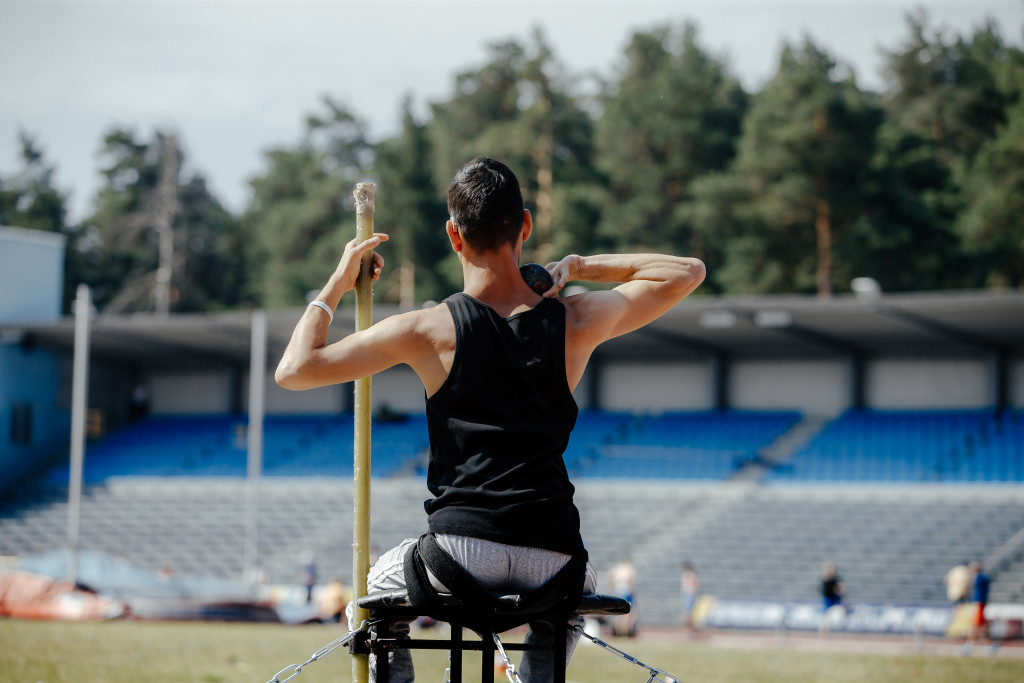It doesn’t matter if you’re new to the procedure or are already working on your 20th recreational complex. If you’re building one, chances are you’ve met a pile of work that needs to be done as you go.
Managing a sports facility is beneficial for the community, as you’re providing them a platform to maintain their health and wellness and encouraging others to start a physical fitness routine. These activities are beneficial, especially to the youth, as these facilities play an integral part in their physical and social adjustments as they transition through adulthood.
However, it’s a time-consuming procedure. You have to take several things into account to create a cutting-edge facility.
Offer Programs and Activities
The activities should be on top of our priority list. Think about what you want to offer to your highly engaging community. This decision entails inquiring about the locations and the age groups you intend to serve. Keep in mind that a high school football league will have specific demands and ability requirements than a college club team.
Setting the specific activities you wish to offer, your architectural staff will assist you in constructing the ideal stadium season after season.
Selecting a Contractor
Choosing the right contractor is crucial in building your complex facility. Note that there are various contractors around nowadays, each with a distinct level of quality. You have to find and choose to work with a provider with experience with stadiums, courts, and other facilities on par with what you want to offer.
Browse their portfolio, look at their previous work, and request feedback from their recent customers. Conduct your research on the best equipment and materials for your sports facility and communicate it with your contractor to give you better selections and recommendations. For instance, indoor and outdoor planning demands meticulous consideration for top-of-the-line sports surfacing on courts and constructing visually appealing, durable, and cost-effective stadiums. Doing so will produce striking results, provide more accurate ball bounce, sound reduction, and minimized joint strain or injuries.
Although synthetic turf is more costly to construct, they often pay for themselves by providing a high-quality sports field for players all year. They are also low maintenance and do not generally deteriorate when they are used frequently. The result can fall short of your expectations if you end up hiring the wrong contractor. These measures will ensure that you explore all your options to limit them and choose the best construction company.
Get Updated on the Construction Codes
Depending on where your location is, the building regulations in your municipality or state will vary. Before you excavate the first hole, it’s necessary to understand the rules and make sure your strategy complies with them. You’ll almost always have to speak with their regulatory department separately.
You cannot proceed unless these plans are authorized, so get these accomplished ahead of time.
Irrigation and Drainage
Irrigation and drainage are two vital factors that you must consider regardless of the field you’re eyeing. Although you need not water synthetic grass fields, you still have to think about water drainage. It also pays to determine whether your lands are prone to flooding to avoid further problems.
Hydration is a central emphasis area for natural grass fields. The lawn begins to shrink and may die if the water absorption isn’t enough. The quantity of water required for your domain is influenced by temperature, sunshine, air, moisture, and rainfall. These are weather conditions that your weather station can readily provide.
On the other hand, if you’re creating a sports facility in an unfamiliar environment, you can gather previous weather information or a forecast to determine whether you’ll need extra water. In addition, you have the option of using either portable or in-ground systems. Nonetheless, your decision will most likely be influenced by the weather in your location, the budget you’re willing to use, and the layout of the sports complex.
Utilize Space for Parking

If you wish to compete with other venues for financially rewarding tournaments, you must fulfill baseline parking requirements for each event. Tournament organizers often want good spots per field for staging activities. They’re also concerned about the distance their attendees will have to go from the parking lot to the game fields.
Another factor that you must consider is the potential damages that a ball or other flying game objects may incur. To address this, devising nets around the arena is a good idea, especially near baseball fields.
To undertake investment, business partners, investors, private schools, and universities must consider these expansions or retrofits before making investments. The safety of participants and viewers must play a fundamental role in developing and selecting equipment, regardless of the desired level of activity in the facility.

